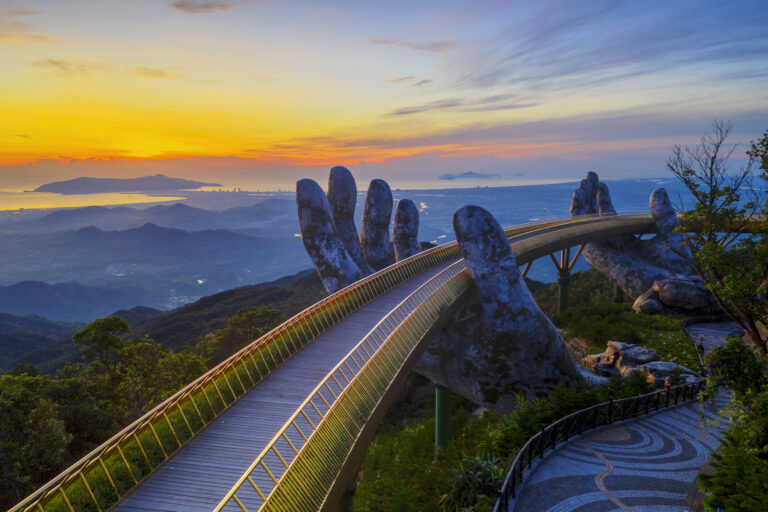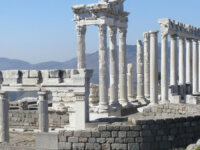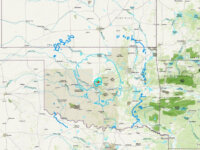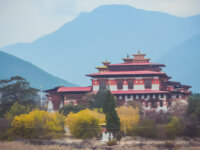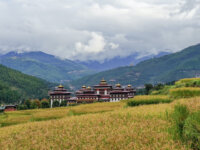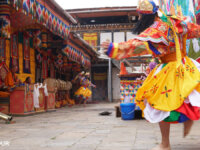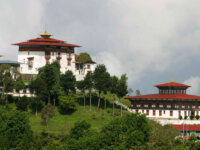VIETNAM – UNESCO recognizes 9 cultural and natural heritage sites in Vietnam, including the outstanding natural beauty of Ha Long Bay – Cat Ba; Hue and Hoi An, which are captivating due to their cultural heritage; and Trang An, which combines natural and cultural values.

Photo: Tran Dat
On September 16th, the UNESCO World Heritage Committee recognized the Ha Long Bay – Cat Ba Archipelago as a World Natural Heritage Site. With this recognition, Vietnam now has 3 natural and 5 cultural heritage sites, along with 1 mixed heritage site.
According to the Department of Cultural Heritage, the Ha Long Bay – Cat Ba Archipelago was recognized by UNESCO due to its diverse natural beauty, including limestone islands covered in lush vegetation and sharp limestone peaks rising from the sea, along with related karst features like arches and caves. The stunning landscape untouched by the impact of islands with lush vegetation, brackish water lakes, and steep limestone cliffs protruding from the sea is also a contributing factor.
“Ha Long Bay – Cat Ba Archipelago is considered a geological museum, containing globally outstanding heritage values. It witnesses distinctive changes in the Earth’s history,” according to the Department of Cultural Heritage.

Photo: Pham Huy Trung
In addition to the recent recognition on September 16th, Ha Long Bay has previously been recognized by UNESCO as a World Natural Heritage Site twice. In 1994, it was recognized as a natural heritage site for its outstanding global aesthetic value, becoming Vietnam’s first honored natural heritage site. In 2020, Ha Long Bay was recognized for the second time as a World Natural Heritage Site, this time based on geological and geomorphological criteria.
Located in the northeastern region, including the sea areas of Ha Long City, Cam Pha, and part of Van Don Island District, Ha Long Bay covers an area of over 1,550 square kilometers with 1,969 islands of various sizes. The world-recognized heritage site covers an area of 434 square kilometers, including 775 islands, forming a triangular shape with its three points being Dau Go Island (west), Ba Ham Lake (south), and Cong Tay Island (east), according to the National Tourism Administration.

Photo: Hoang Tao
Phong Nha – Ke Bang National Park in Quang Binh Province has been honored by UNESCO twice. In 2003, it was first recognized for its outstanding geological and geomorphological values. In July 2015, the park was recognized for the second time under two criteria: “outstanding examples representing major stages of Earth’s history” and “significant ongoing ecological and biological processes.”
In 2015, the World Heritage Committee approved the expansion of the park from 85,754 hectares to 123,326 hectares.

Photo: Ngan Duong
The Trang An Landscape Complex was recognized by UNESCO as a mixed cultural and natural heritage site in 2014. Located in Ninh Binh Province, in the southern part of the Red River Delta, the complex includes three main conservation areas: the Special National Heritage Site of Hoa Lu Ancient Capital, the Special National Heritage Site of Trang An Scenic Landscape Complex, Tam Coc – Bich Dong, and the Hoa Lu Primitive Forest.
The total area of the complex is 4,000 hectares, covering the entire Trang An limestone massif and surrounded by a buffer zone of 8,000 hectares, mainly consisting of rice paddies.

Photo: Le Hoang
UNESCO recognized the Ho Citadel in Thanh Hoa as a World Cultural Heritage Site in June 2011.
As the former capital of the Ho Dynasty, the citadel was constructed by Ho Quy Ly in 1397 and was also referred to as Tay Do to distinguish it from Dong Do (Thang Long – Hanoi). After the citadel was built, Ho Quy Ly relocated the capital from Thang Long to Tay Do. However, the Ho Dynasty lasted for only 7 years, from 1400 onwards.

Photo: Huong Chi
UNESCO recognized the Thang Long Imperial Citadel in Hanoi as a cultural heritage site in August 2010. According to the Vice Chairwoman of the Hanoi People’s Committee at the time, Ms. Ngo Thi Thanh Hang, the Thang Long Imperial Citadel is a succession of centers of power in Vietnam over more than a thousand years of history. It is a unique testament to the evolution of the Vietnamese civilization in the history of a sovereign state in Southeast Asia. The Central Sector of the Imperial Citadel of Thang Long – Hanoi bears the mark of cultural values and significant global events.

Photo: Dac Thanh
Hoi An Ancient Town, connected to the East Sea through the Cua Dai Estuary, adjacent to Duy Xuyen and Dien Ban districts, 20 kilometers from Da Nang, was recognized as a cultural heritage site by UNESCO in 1999. Before the 17th century, Hoi An traded with Da Nang through the Co Co River. Today, it is the most attractive tourist destination in Quang Nam Province.

Photo: Nguyen Trung Au
The Complex of Hue Monuments, built from the early 19th century to the first half of the 20th century, was recognized as a cultural heritage site by UNESCO in 1993. The prominent structure includes three concentric circles from large to small: the Capital City, the Imperial City, and the Forbidden City.
The Imperial City is an important structure, including defense areas, areas for grand ceremonies, and shrines, all set in a vast natural landscape. With nearly two centuries of history and witnessing many important historical events of the nation, the Ngoc Mon Gate still exists and is considered an outstanding ancient architecture.

Photo: Tuan Dao
My Son Sanctuary, located in Duy Phu commune, Duy Xuyen district, Quang Nam province, was recognized as a cultural heritage site by UNESCO in 1999. Built by King Bhadravarman from the 4th century and completed at the end of the 13th century or the beginning of the 14th century under King Chế Mân, My Son is a complex with more than 70 temple towers representing various architectural styles, typical of each period of the Champa Kingdom.
Most of the architectural works and sculptures at My Son are influenced by Indian culture. Most temple towers face east, where the sun rises, which was the abode of deities, except for a few facing west or both east and west, symbolizing the orientation toward the other world of the kings after their death for deification and ancestral worship, according to the Quang Nam Provincial Electronic Information Portal.
In addition to the 9 cultural and natural heritage sites mentioned above, Vietnam also has many intangible cultural heritage and documentary heritage recognized by UNESCO, such as the Woodblocks of the Nguyen Dynasty, Royal Court Music in Hue, and the Ritual of the tug-of-war.



